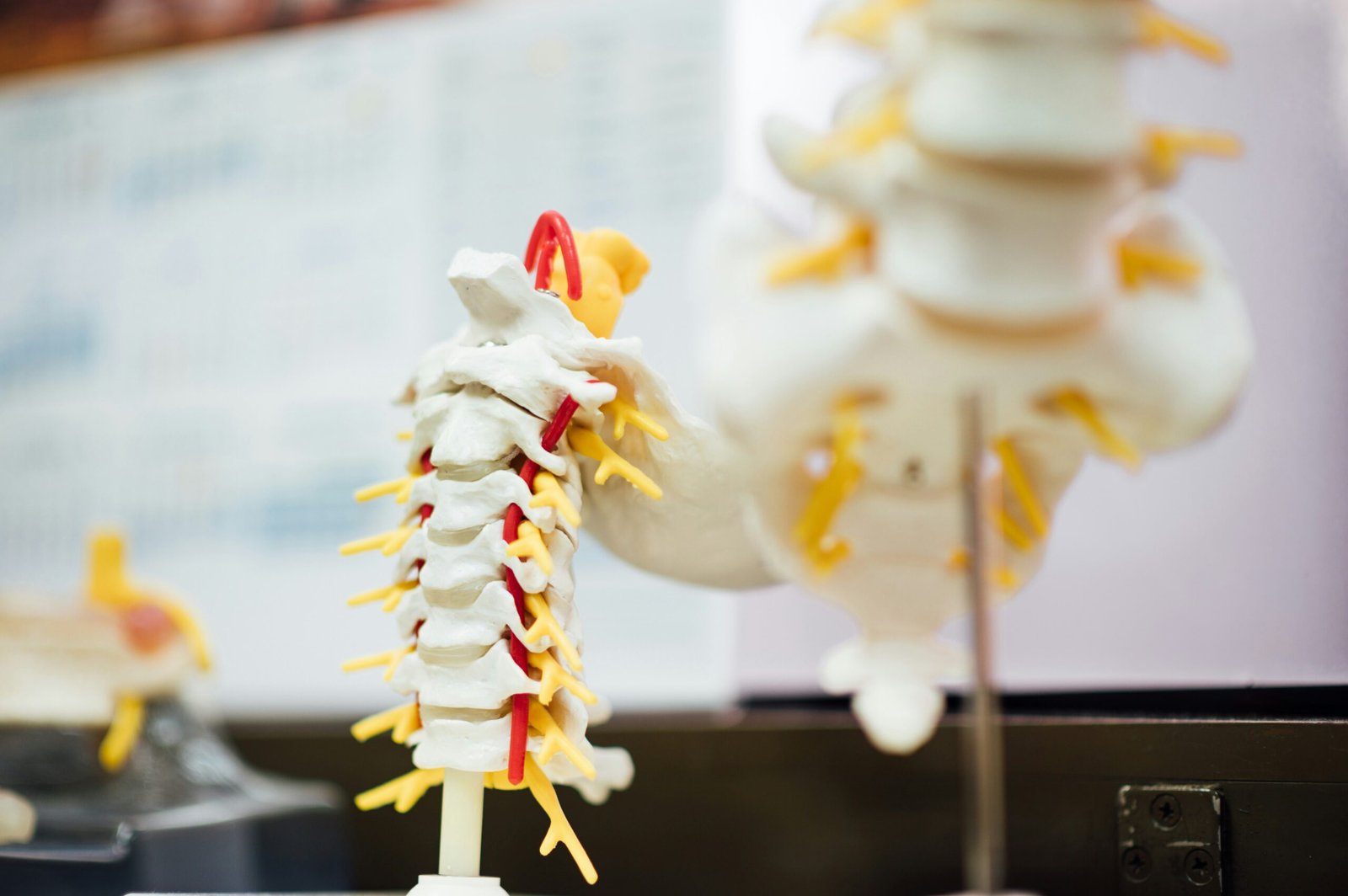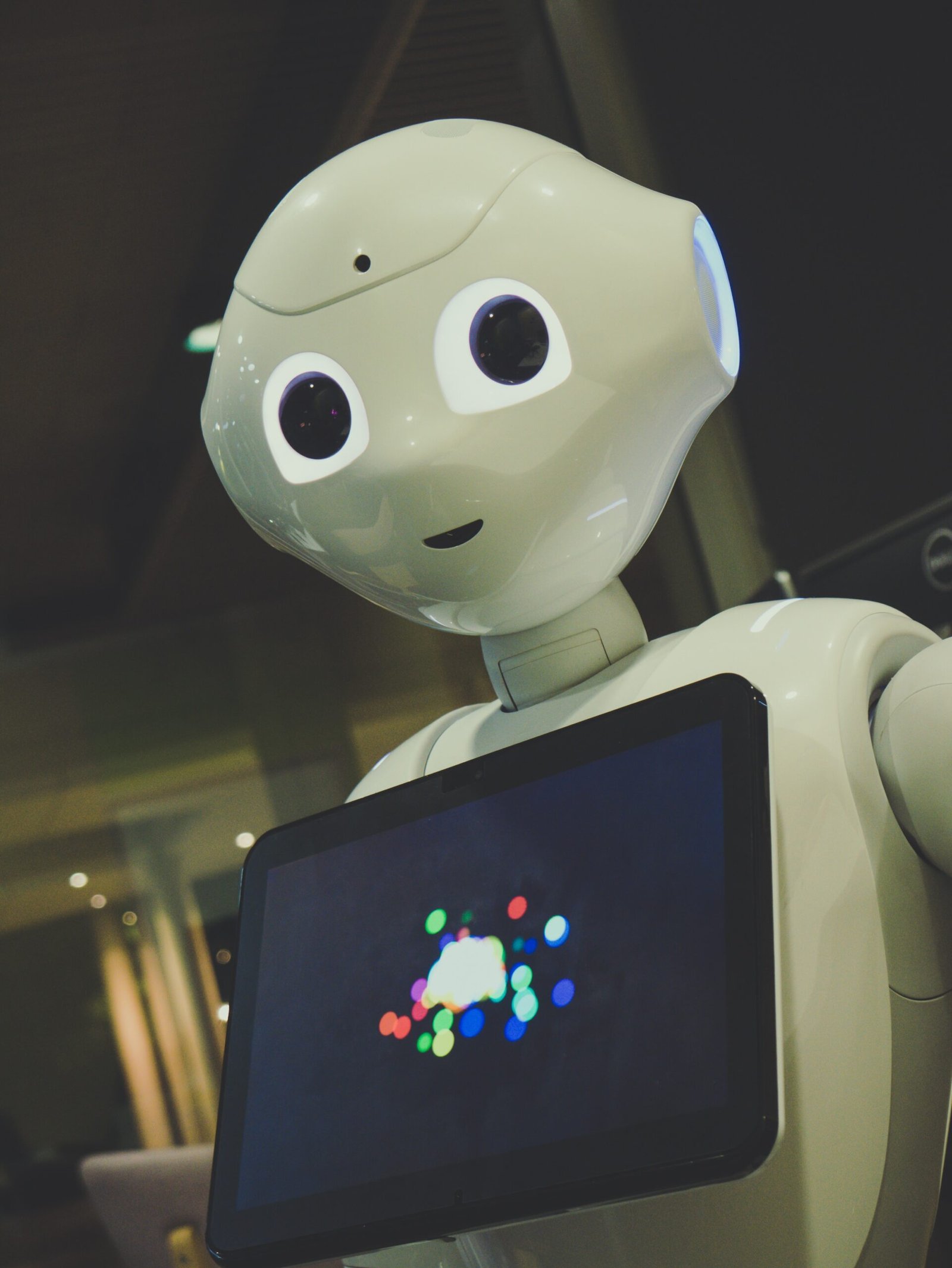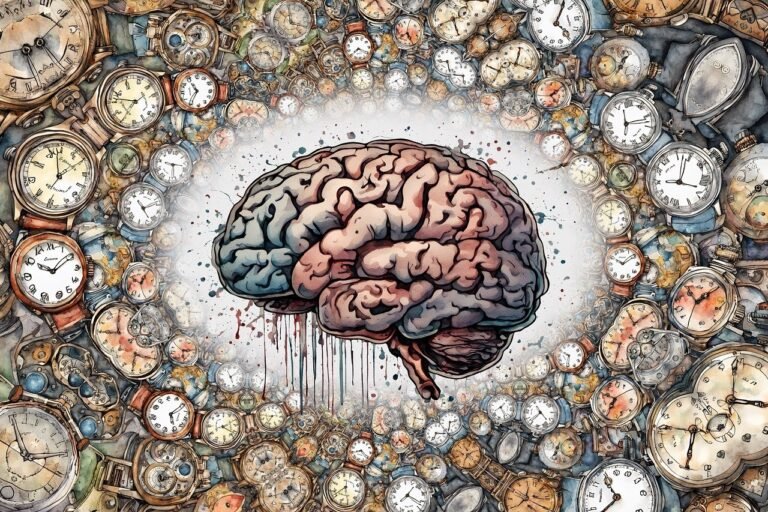Beyond Paralysis: How BCI Makes Prosthetic Limbs Move with your Mind
Spinal cord injuries can be devastating, often resulting in partial or complete paralysis. However, advancements in technology have opened up new possibilities for individuals living with spinal cord injuries. One such advancement is the development of Brain-Computer Interface (BCI) systems, which offer hope and independence to those affected.
What is a Brain-Computer Interface?
A Brain-Computer Interface is a technology that allows direct communication between the brain and an external device, such as a computer or a prosthetic limb. By bypassing the traditional pathways of communication through the spinal cord, individuals with spinal cord injuries can regain control over their movements and interact with their environment.
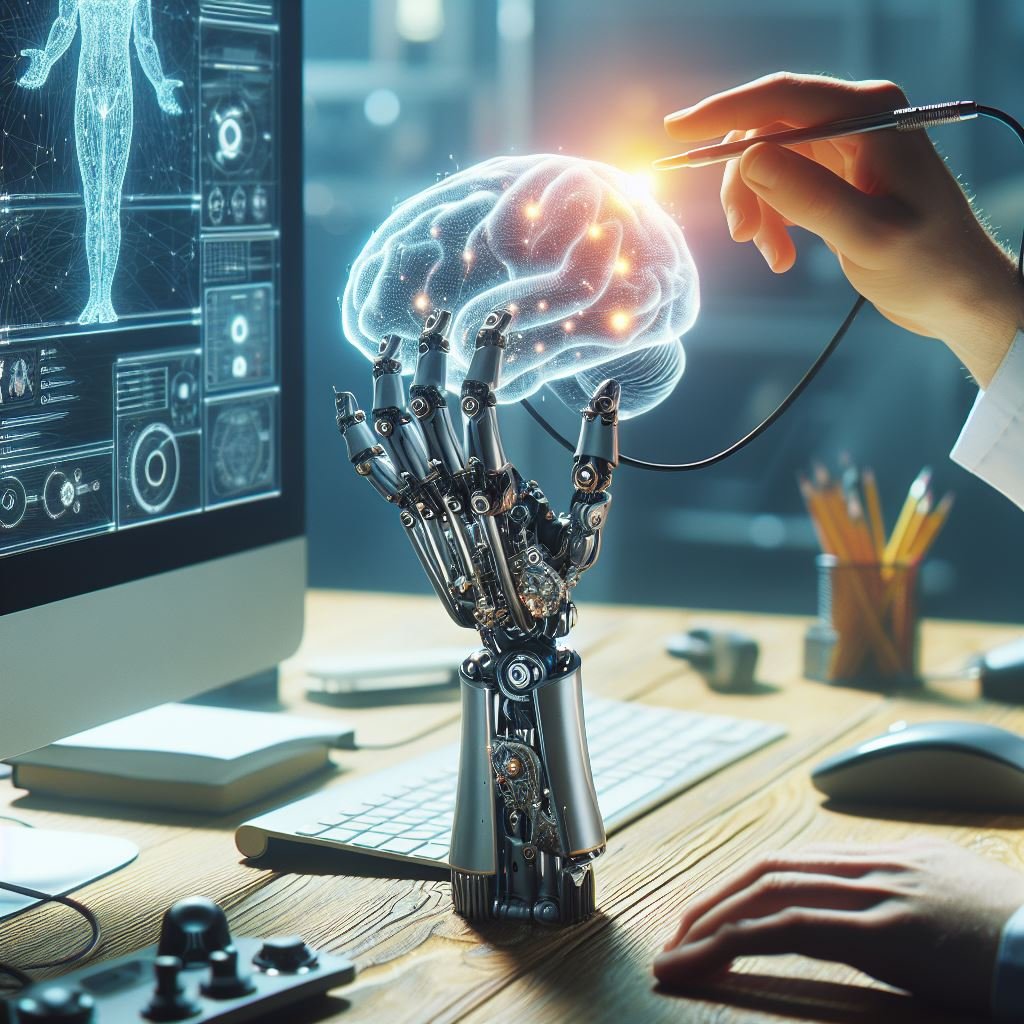
Controlling Prosthetic Limbs with BCI
One of the most promising applications of BCI technology is in the field of prosthetics. Traditionally, prosthetic limbs are controlled using mechanical switches or muscle contractions. However, these methods can be limiting and often require significant effort from the user.
With BCI, individuals with spinal cord injuries can control their prosthetic limbs using their thoughts. By wearing a specially designed cap or implanting electrodes directly into the brain, the BCI system can interpret the user’s neural signals and translate them into commands for the prosthetic limb.
This level of control allows for more natural and intuitive movements, enabling individuals to perform tasks that were once impossible. Whether it’s picking up a cup, writing, or even playing a musical instrument, BCI technology opens up a world of possibilities for those with spinal cord injuries.
Assistive Devices and BCI
BCI technology also has the potential to revolutionize the use of assistive devices for individuals with spinal cord injuries. Assistive devices, such as wheelchairs or communication aids, can be controlled using BCI, providing a greater level of independence and autonomy.
For example, a person with a spinal cord injury may be able to control their wheelchair simply by thinking about the desired direction of movement. This eliminates the need for manual controls and allows for more precise and efficient navigation.
Similarly, BCI can be used to control communication devices, enabling individuals to express themselves through speech or text. By harnessing the power of their thoughts, those with spinal cord injuries can overcome communication barriers and engage more fully with the world around them.
Achievements in BCI for Spinal Cord Injuries
- Volitional Hand Grasp Restoration:
- University of Chicago: Researchers implanted an ECoG-based BCI in a tetraplegic individual, enabling volitional control of hand grasp with 91.3% accuracy in home settings. (Chadwick et al., 2023)
- University of California, San Francisco: Using an ECoG-based BCI and transcutaneous FES system, researchers successfully restored hand grasp in an individual with spinal cord injury. (Milekovic et al., 2023)
- Neuroprosthetic Control:
- Wyss Center for Biomimetic Robotics and Engineering: A bilateral wireless epidural implant with 64 channels allowed a tetraplegic individual to control a four-limb neuroprosthetic exoskeleton with stable decoding function over 24 months. (Wagner et al., 2023)
- Walking Restoration:
- University of Pittsburgh: An implanted spinal stimulation device controlled by an ECoG-based BCI enabled walking in an individual with spinal cord injury. (Wodlinger et al., 2022)
- Functional Electrical Stimulation (FES):
- University of California, Berkeley: Researchers combined BCI with FES to improve walking ability and bladder control in individuals with spinal cord injury. (Ethofer et al., 2023)
Research Groups & Stage of Development:
These are just a few examples, and many other groups are actively researching BCI for spinal cord injuries. Most research is in early stages (clinical trials or proof-of-concept demonstrations), but the pace of progress is encouraging.
Read more at: Innovations of BCI and MIT
Challenges:
- Improving accuracy, speed, and long-term reliability of BCI systems.
- Reducing invasiveness and cost of BCI technology.
- Addressing ethical considerations around data privacy and brain control.
Overall:
While challenges remain, recent achievements demonstrate the immense potential of BCI to restore movement and functionality in individuals with spinal cord injuries. These advancements offer hope for improved quality of life and independence for millions of people worldwide.
Additional Resources:
- https://pubmed.ncbi.nlm.nih.gov/19616766/
- https://pubmed.ncbi.nlm.nih.gov/34138712/
- https://www.ncbi.nlm.nih.gov/pmc/articles/PMC8768507/
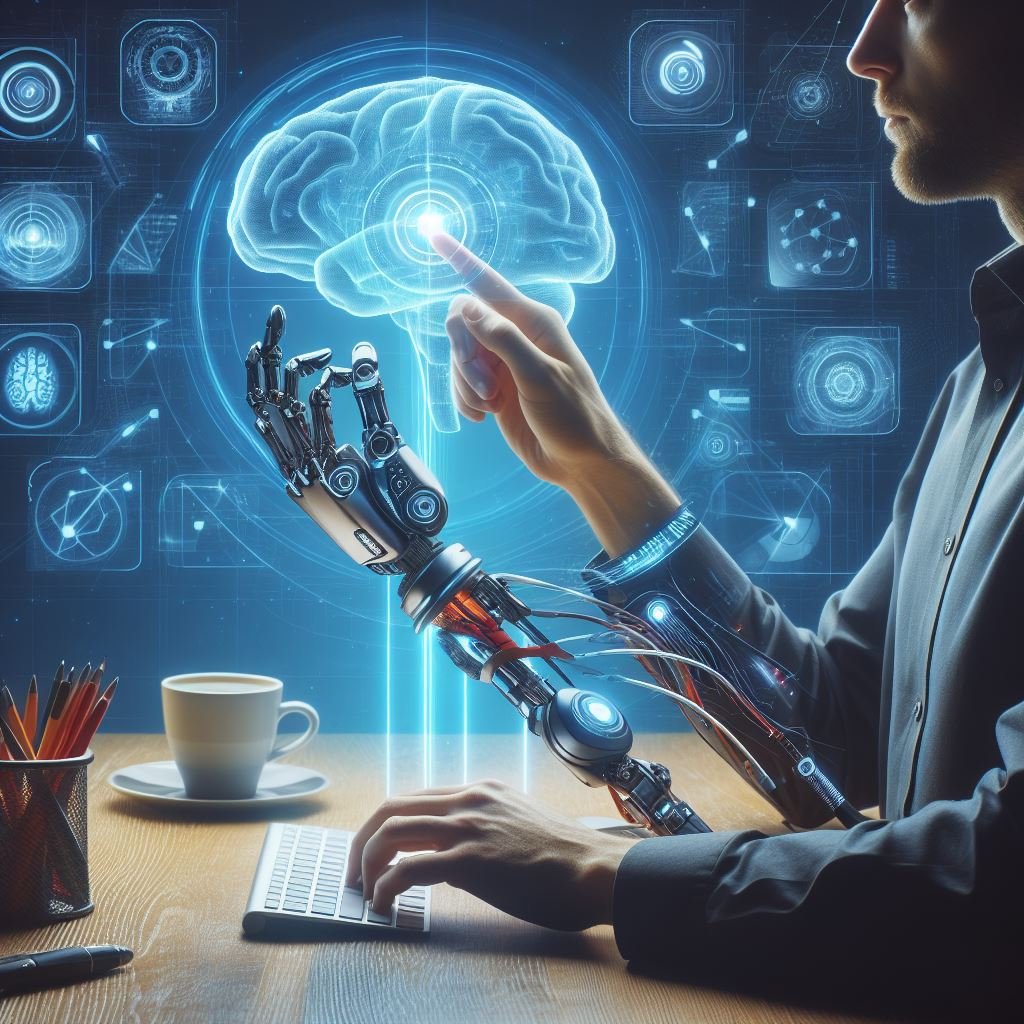
The Future of BCI for Spinal Cord Injury
While BCI technology is still in its early stages, researchers and scientists are continuously working to improve its capabilities and expand its applications. As the technology evolves, we can expect to see even more breakthroughs in the field of spinal cord injury rehabilitation.
Advancements in BCI technology have the potential to not only improve the quality of life for individuals with spinal cord injuries but also to redefine our understanding of the human brain. By unlocking the mysteries of neural communication, BCI offers hope for a future where disabilities are no longer barriers to living a fulfilling and independent life.
Read more at: Neuralink – Complicated BCI with Ethical Challenges
Conclusion
Brain-Computer Interface technology holds immense promise for individuals with spinal cord injuries. By enabling direct communication between the brain and external devices, BCI systems offer a new level of independence and control. Whether it’s controlling prosthetic limbs or assistive devices, BCI opens up a world of possibilities for those affected by spinal cord injuries. As research and development in this field continue, we can look forward to a future where BCI becomes an integral part of spinal cord injury rehabilitation.

